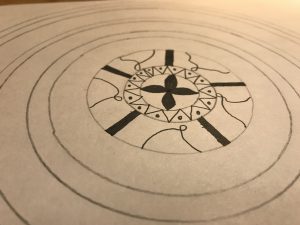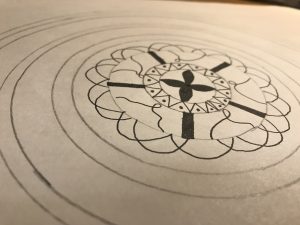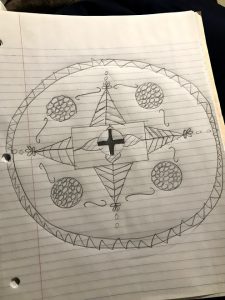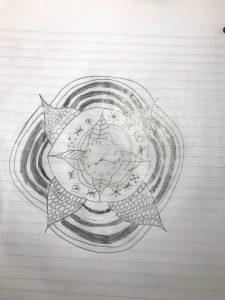In my last post, I posed a future aim to find information about why the US’s rates of meat consumers are so high, and to see whether or not a decrease in this percentage is realistic.
According to an article in Psychology Today, though our society has gained much knowledge and awareness about the atrocities of the meat industry, we still have yet to moralize our preference for no animal cruelty into a set value. Having this shift from a meat culture into a vegetarian one has proved difficult for multiple reasons, one of which is from an economic perspective.
In the US, maintaining meat in one’s diet provides more “bang for your buck”, then not. Because of the US’s industrial scale production of meat, it is extremely cheap. Not only is meat cheaper than vegetables/vegetable based products, but it is far more nutrient dense. Therefore, it takes way more food to fill one up on a vegetarian diet than it does otherwise. This reality has allowed for meat to become a staple in the American diet. This is a hard issue to combat, especially considering the economic pressures that come with trying to feed yourself, let alone an entire family.
Another factor that persuades the eating of meat is its health benefits. Besides the fact that meat has a higher protein density than anything else, meat (particularly beef), provides heaps of iron, which has been found to be a critical component to our overall health. Though iron is present in other foods like quinoa, tofu, legumes, etc. the amount of iron in these foods is proportionally insufficient compared to the amount found within one serving of beef. Iron is essential in maintaining proper amounts of oxygen carrying red blood cells in our bodies. If our body doesn’t have enough iron, then we cannot produce the amount of red blood cells needed for proper heart and lung functioning. This can result in major fatigue, inability to breathe properly, and other major issues. As someone who is highly anemic, I cannot emphasize iron’s importance enough.
Iron’s importance is just one example of how overall health can actually be affected by meat, which may be one of the reasons Americans feel inclined to eat it.
In a different Psychology Today article about the declining vegetarians in the US, it was reported that back in 2005, 3 times as many US adults reported being “ex vegetarians” than current vegetarians, showing that about 75% of prior vegetarians had resorted back to eating meat. Out of those, 35% of them went back because they had noticed a decline in their health.
After realizing this pattern, I figured that many of these health concerned people were/are probably unaware of 1) iron and its importance, and 2) one’s ability to sustain healthy levels of iron through daily supplements. From this, I concluded that if Americans were more aware of the fact that one can feel just as healthy without meat as they do with it, that they may be less likely to quit the vegetarian lifestyle due to health related reason, and that there may be more people willing to join the vegetarian lifestyle.
I realize that educating people about iron and their ability to feel great without meat wouldn’t necessarily lower the US’s number of carnivores by a huge amount, but it’s something. After reading articles proposing the two reasons above and various others, I feel that it may be more realistic for people to try and take steps in reducing their weekly meat intake, instead of finding ways to turn all Americans over to the vegetarian lifestyle.
Sources:
“Why Do Most Vegetarians Go Back To Eating Meat?” Psychology Today. Accessed October 24, 2018. https://www.psychologytoday.com/us/blog/animals-and-us/201106/why-do-most-vegetarians-go-back-eating-meat.
“Why Are There So Few Vegetarians?” Psychology Today. Accessed October 24, 2018. https://www.psychologytoday.com/us/blog/animals-and-us/201109/why-are-there-so-few-vegetarians.





